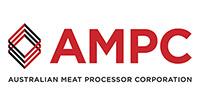Australia’s Beef Language set for further enhancement

The AUS-MEAT Language used across all elements of Australia’s beef industry will be modernised to ensure greater consistency and better reflect consumer requirements, as part of the industry’s response to the Beef Language Review White Paper.
The Beef Language Review was initiated by the Peak Industry Councils – Australian Meat Industry Council (AMIC), Australian Lot Feeders’ Association (ALFA) and Cattle Council of Australia (CCA) – and examined how developments in science and technology and growing consumer understanding might reshape the language used across the Australian beef industry.
The Beef Language was first developed in the 1980s and whilst enhancements have been made to the Language over time, the Review represents the first “Whole of Chain” approach to ensure the Language will continue to facilitate information transfer at all points from ‘Conception to Consumption’.
The review addressed the need to ensure that the AUS-MEAT Language continues to serve the needs of both international and Australian customers, who rely on it to deliver on their commercial trading requirements.
Broadly, the White Paper:
- Recommended potential future changes to the AUS-MEAT Language in light of current and future developments in science and technology, customer requirements and international market access requirements;
- Considered existing and potential new descriptors (objective and subjective) at each stage in the red meat value chain – production, processing, wholesaling, retailing, consumption and future regulatory requirements;
- Developed a range of future Language options, tested those against a range of trading situations and proposed a preferred option for industry.
Following a period of consultation and review of the 46 recommendations from the White Paper, industry, through a working group involving AMIC, ALFA, CCA and Meat & Livestock Australia (MLA), has reached a consensus position in response to all recommendations and will now go about implementing those outcomes.
David Hill (spokesperson for CCA) said: “These outcomes presented an exciting opportunity for Australia’s beef industry to provide clear and consistent language that’s relevant across the entire value chain.”
Peter Greenham (spokesperson for AMIC) said: “If our beef industry is to remain domestically and internationally competitive, we need to ensure we are responsive to the needs of customers and consumers.”
Grant Garey (spokesperson for ALFA) said: “The Language we use must be relevant to the customer, efficiently and accurately describe our product, be easy to understand and practical to implement.”
Importantly, a key outcome from the review will be ensuring consistency across all components of the value chain to provide increased transparency and confidence to the industry – from production to consumer.
The Peak Industry Council representatives agree that this project has been a shining example of industry collaboration to achieve outcomes that will benefit Australia’s red meat industry.
The implementation of the recommendations will be progressed predominantly by three relevant established industry committees – the Meat Standards Australia Beef Taskforce, the Australian Meat Industry Language and Standards Committee and key MLA programs including the Objective Carcase Measurement Rural R&D for Profit program and the Digital Value Chain Strategy – with regular reporting back to the Beef Language Review industry working group.
To read the Beef Language Review White Paper in full click here and the industry working group’s response to each recommendation, please click here.
For more background information about the Beef Language Review White Paper click here.





